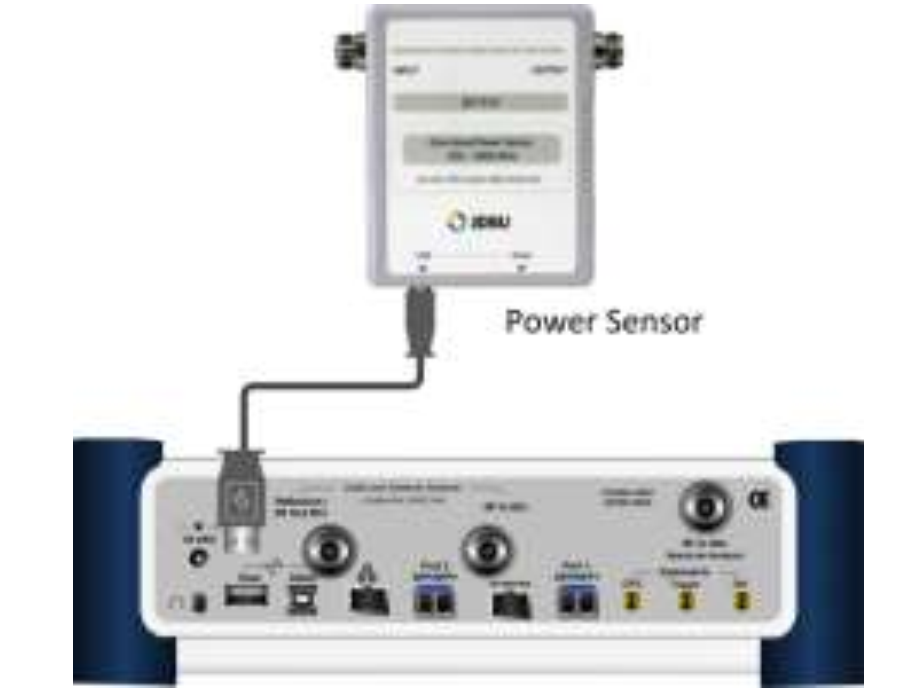Khuyến Nghị Sử Dụng Máy Đo Antenna Feeder – Viavi JD745B
Testing devices are mainly used for the following testing requests:

- Distance to Fault (DTF):
This is an important testing way for the process of installation, operation and Broadcast station maintainance. The purpose of this testing article is to determine abnormal positions on the feeder antenna system. For example: cables bent, cables twisted, connector defected, antenna defected…

The values of Voltage Standing Wave Ratio (VSWR) or Return Loss values are often measured and displayed.
Normally VSWR is accepted with Feeder 1.05 and antenna is 1.3.
|
|
|
- Cable loss
Determine loss value of the cables with different frequencies. The goal is to ensure the loss which is caused by feeder is within the acceptable limit.
- Power measurement

Determine in two directions: direction = transmitter power of the broadcast stations; Direction: power obtained from the antenna.
|
|
|

- Channel scanner
Measuring and determining power level of chanels with different frequencies and different mobile technologies.

Notice:
|
|
|
Connecting computers:
Can connect with computers through JDViewer dedicated software with USB cables or LAN cables in order to:
- Control, configure, measuring from a far distance.
- Take the saved results in the meter.
- Make reports
- Analyze measuring results.
Tin khác
- Công nghệ Viễn thông Ba tuyến cáp quang biển AAG, IA và SMW3 cùng gặp sự cố
- VTV, VTC, AVG, RTB phải chuyển đổi các kênh tần số truyền hình trong năm 2018
- Bạn đã biết gì về pOLED?
- RÒ RỈ: Điểm benchmark hủy diệt của CPU Intel Core i9 7980XE
- Tìm hiểu về cấu tạo sợi cáp quang và phân loại cáp
- Extreme công bố giải pháp tích hợp đầu tiên sau khi mua lại Avaya - nhà cung cấp toàn cầu về các hệ thống và dịch vụ truyền thông
- Cấu tạo và ứng dụng của cáp xoắn đôi
- Tìm hiểu về bảng đồng tiếp địa chống sét
- Băng dính cao su non trong lĩnh vực Viễn thông
- Đặc điểm va công dụng của lạt thít nhựa trong ngành viễn thông
.png)







.png)




